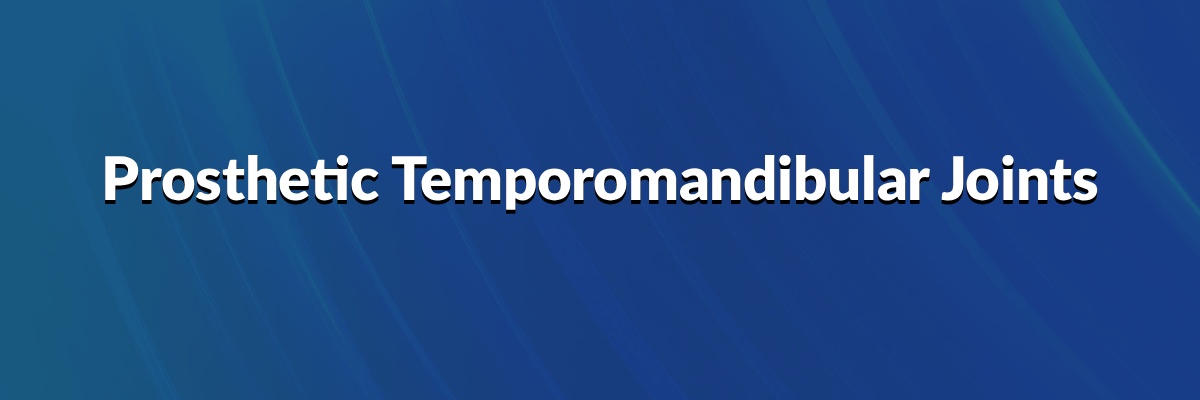Wilkes Classification for Internal Derangement of the TMJ
The Wilkes Classification is a widely accepted clinical and radiographic staging system used to describe internal derangement of the temporomandibular joint (TMJ). It correlates clinical symptoms, disk position, joint mechanics, and degenerative changes, providing a framework for diagnosis, prognosis, and treatment planning.
Internal derangement of the TMJ refers to abnormal positioning or function of the articular disc relative to the mandibular condyle and glenoid fossa. The Wilkes system classifies this progression into five stages, ranging from early, painless disk displacement to advanced degenerative joint disease.
| Wilkes Stage | Disc Status | Pain | Joint Sounds | Range of Motion | Key Clinical Features |
|---|---|---|---|---|---|
| Stage I | Reducing disc | None | Painless clicking | Normal | Early internal derangement; often incidental |
| Stage II | Reducing disc | Intermittent | Painful clicking | Usually normal | Occasional pain, headaches, intermittent locking |
| Stage III | Non-reducing disc (acute/subacute) | Frequent | May decrease | Restricted | Painful chewing, joint tenderness, locking; early cases may be manipulable |
| Stage IV | Non-reducing disc with degeneration | Chronic | Minimal or none | Often >30 mm | Chronic symptoms with hard-tissue degenerative changes |
| Stage V | Non-reducing, perforated disc | Variable | Crepitus | Variable | Advanced degenerative joint disease; pain may diminish |
Stage I — Early Internal Derangement
Stage I represents the earliest phase of TMJ internal derangement. Patients typically experience painless clicking without limitation of mandibular motion. The articular disc is displaced but reduces normally during opening.
This stage is often an incidental finding and may not require invasive treatment. Conservative therapy and patient education are usually sufficient.
Key features:
-
Painless clicking
-
No restriction in motion
-
Painless reducing disc
Stage II — Early/Intermediate Internal Derangement
In Stage II, symptoms become more pronounced. Patients may experience occasional pain, clicking, intermittent locking, and headaches. The disc is still reducing, but joint inflammation contributes to discomfort.
This stage often responds well to conservative management, including splint therapy, anti-inflammatory measures, and physical therapy.
Key features:
-
Painful clicking
-
Intermittent locking
-
Headaches
-
Painful reducing disc
Stage III — Intermediate Internal Derangement
Stage III is a critical transition point in the Wilkes Classification. It represents acute or subacute disc displacement without reduction. Patients frequently report significant pain, joint tenderness, restricted opening, painful chewing, and locking.
Early Stage III cases may still be manipulable or intermittently reducible with mandibular manipulation. Late Stage III cases represent permanent non-reducing disc displacement.
Key features:
-
Frequent pain and joint tenderness
-
Locking and restricted motion
-
Painful mastication
-
Acute or subacute painful non-reducing disc
Stage IV — Late Internal Derangement with Degenerative Changes
Stage IV internal derangement is defined by complete disc displacement with associated hard tissue degenerative changes. Symptoms are chronic and persistent. Despite joint degeneration, interincisal opening is often greater than 30 mm, distinguishing it from acute closed-lock presentations.
At this stage, structural changes limit the effectiveness of disc repositioning strategies.
Key features:
-
Chronic pain and headaches
-
Restricted function
-
Degenerative joint changes
-
Disc displacement without reduction
Stage V — Advanced Degenerative Joint Disease
Stage V represents end-stage TMJ internal derangement. Pain may be variable or paradoxically reduced, but joint crepitus and painful function are common. The disc is non-reducing and perforated, and degenerative joint disease is established.
Structural joint damage predominates over disc mechanics.
Key features:
-
Variable or minimal pain
-
Joint crepitus
-
Painful function
-
Painless non-reducing perforated disc
Clinical Relevance and Surgical Outcomes
The Wilkes Classification is particularly useful in predicting outcomes of surgical interventions.
Studies show that modified condylotomy significantly improves pain and diet at three-year follow-up for patients with disc displacement with reduction, with disc position improvement in approximately 70% of cases.
However:
-
Non-reducing disc displacement is generally unaffected by condylotomy
-
Late-stage disease (Wilkes IV and V) with degenerative joint changes shows less satisfactory pain relief
-
Application of modified condylotomy in patients with Class III malocclusion and symptomatic internal derangement is possible but remains less well documented
Board Exam and Clinical Pearls
-
Stage I: painless reducing disc
-
Stage II: painful reducing disc
-
Stage III: acute or subacute non-reducing disc (may be manipulable early)
-
Stage IV: chronic non-reducing disc with degenerative changes
-
Stage V: painless, perforated, non-reducing disc with crepitus
Conclusion
The Wilkes Classification provides a structured approach to understanding TMJ internal derangement as a progressive condition. Accurate staging helps guide treatment decisions, predict surgical outcomes, and counsel patients appropriately. Early-stage disease responds best to conservative therapy, while late-stage disease is dominated by degenerative joint pathology.







